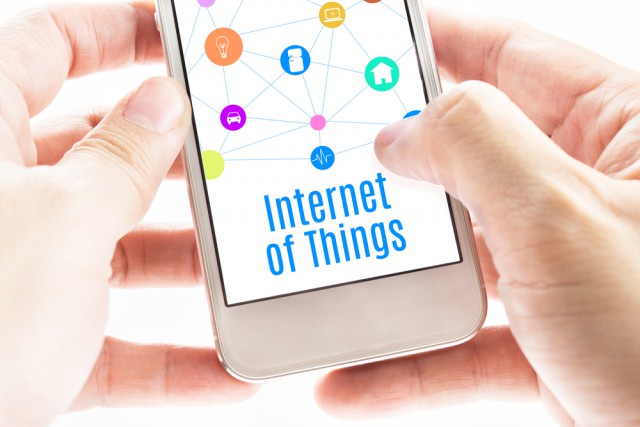Lack of IoT security could be our downfall

Just as healthcare providers need PALS certification to keep up with new discoveries and advancements in medicine, individuals who work in IT need to become recertified with data security measures. One particular area in need of improved security protocols is The Internet of Things (IoT). IoT is quickly becoming more and more popular and therefore more and more vulnerable.
IoT allows users to connect several devices to the internet and to each other. That includes more than just cell phones but anything from coffee makers to lamps to alarm systems. It has influenced various industries to incorporate internet capabilities into their products, taking everyday objects and allowing them to send and receive data. With these changes in the technology industry, the IoT is quickly rising to becoming the "next big thing" in the IT industry. However, there are still several problems that make the IoT risky unless they are examined and improved. Here is our list of both the potential of IoT to improve and hinder consumer lives.
Advantages
The Internet of Things encourages machine to machine (M2M) communication. This communication allows the physical devices to stay connected and creates an environment that offers less inefficiencies and greater quality. Through this connection, the IoT helps saves users both time and money. Connected IoT devices are more efficient by way of data being communicated quickly between devices.
Another advantage of the IoT is using it to complete daily tasks, such as turning on your coffee pot or turning off your house alarm. It can also give rise to uniformity in the tasks completed and maintain a high quality of service. This automation of routine tasks also leads to better monitoring of devices, letting the user understand just how much he or she uses a certain device.
Disadvantages
One particular disadvantage of the IoT that needs to be reconsidered is compatibility. Currently, there is no international standard of compatibility for the tagging and monitoring of equipment. Meaning, there are various connection methods of devices to the IoT. Some companies use Bluetooth while others use USB. Having an industry standard can streamline the use of the IoT, encouraging more organizations and industries to jump on the trend.
As with most systems, there are always opportunities for failure. With the Internet of Things specifically, failures have been common. For example, coffee makers using the IoT can send messages alerting their users that they are running low on coffee. All individuals in the home with devices connected to the coffee maker receive that message. The disadvantage arises when each person sets out to pick up more coffee, not realizing that others have also chosen to purchase more coffee. To address this complication, improved communication between devices can help minimize issues arising from the complexity of the IoT.
Privacy has and always will be an issue. For the IoT connected devices, a lack of security proves to hold the most potential for detrimental circumstances. Every device that is connected to the internet is a potential point of entry for any hacker. Although having several devices connected through the IoT can make a user’s life easier, it can also make access to private information more available to hackers. There is the threat of individuals hacking IoT connected devices and accessing very private data, such as medical and banking records. IoT devices transmit a large amount of data, risking other individuals achieving access to more private information through this is large amount of data.
Although there are disadvantages and improvements that clearly need to be made, the IoT can still be useful and helpful to its users. With all devices connected to each other by the internet, it helps makes daily tasks easier to complete with friendly reminders. But as helpful it can be to users, without the proper security the IoT can be helpful to hackers as well. To prevent a security breach, IoT developers needs to create better systems that protect the privacy and information of consumers. A lack of built-in security can cause any device connected to the IoT to be an easy target for hackers. If each individual device has its own security system, instead of a singular system that protects all devices collectively, IoT devices will be more secure and equipped to prevent cyber attacks.
Photo Credit: weedezign/Shutterstock
 Rick Delgado has been blessed to have had a successful career and has recently taken a step back to pursue his passion of freelance writing. He loves to write about new technologies and ways of keeping ourselves secure in a changing digital landscape. He writes articles for several companies, including Dell.
Rick Delgado has been blessed to have had a successful career and has recently taken a step back to pursue his passion of freelance writing. He loves to write about new technologies and ways of keeping ourselves secure in a changing digital landscape. He writes articles for several companies, including Dell.
